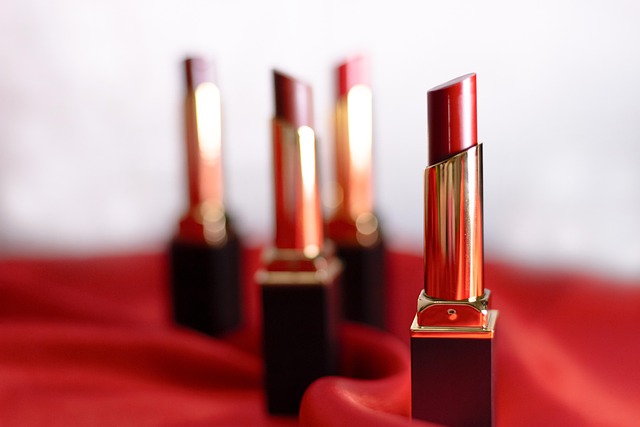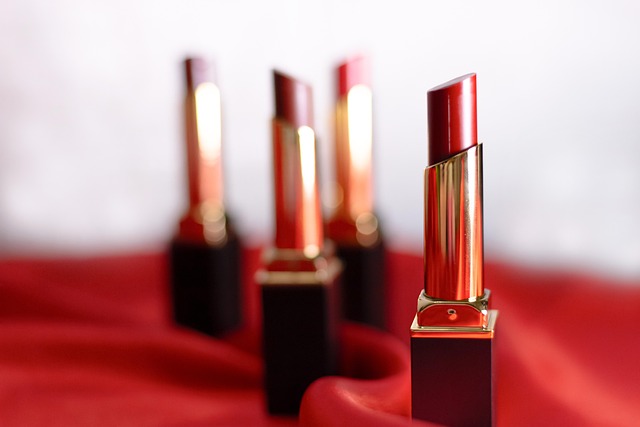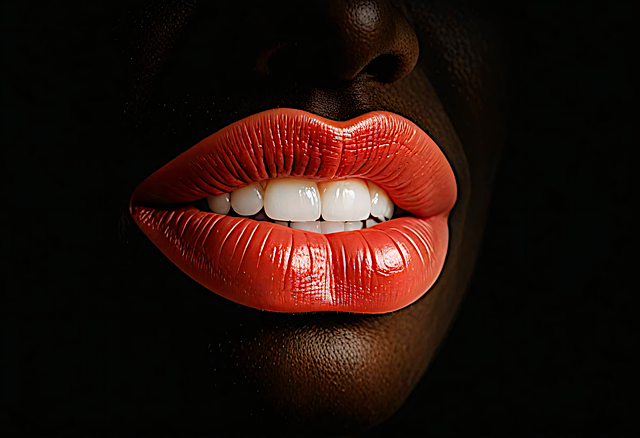Choosing the right lipstick for a captivating vermouth beauty look involves considering skin tone—warm tones complement earthy shades, while cool tones suit bold reds and pinks. A meticulous approach to application ensures smooth, long-lasting wear. Strategic lip liner use enhances the aesthetic. Experimentation with tailored combinations of colors is encouraged to unlock personal radiance through vermouth beauty practices.
Unleash your inner glamour with our comprehensive guide to mastering lipstick application. From selecting the perfect shade that complements your skin tone—whether warm, cool, or neutral—to ensuring your lips are prepped for a seamless finish, we’ve got you covered. Learn about exfoliating and moisturizing techniques, the art of using lip liner, and diverse application methods to achieve looks ranging from natural to bold. Elevate your vermouth beauty routine today!
- Choosing the Right Lipstick Shade for Your Skin Tone
- – Understanding warm, cool, and neutral skin tones
- – Selecting complementary shades based on your complexion
Choosing the Right Lipstick Shade for Your Skin Tone

When choosing a lipstick shade, understanding your skin tone is key for a flattering look. Warm skin tones often complement rich, earthy hues like burgundies and oranges, while cool skin tones can pull off bold reds and pinks. For a sophisticated vermouth beauty aesthetic, consider shades that mirror the depth of your complexion. If you have neutral skin, versatile neutrals or soft corals will enhance your features without overpowering them. Remember, the right lipstick shade can truly bring out your unique beauty, so take your time to find the perfect match for your skin tone.
For a seamless application, start by exfoliating and moisturizing your lips to create a smooth canvas. This ensures your lipstick glides on smoothly and lasts longer. Consider using a lip liner in a matching or slightly lighter shade to define your cupid’s bow and prevent fading. By combining these steps with the right lipstick shade for your skin tone, you’ll achieve a professional and long-lasting vermouth beauty look that turns heads.
– Understanding warm, cool, and neutral skin tones

When selecting lipstick, understanding your skin tone is key for a flattering and vibrant look. Warm skin tones benefit from rich, earthy shades like burnt orange or deep reds, which complement the golden undertones. Cool tones should opt for shades with a blue or pinkish base, such as fuchsia or berry hues, to balance out their cooler complexion. Neutral skin tones have the advantage of versatility; they can pull off both warm and cool colors, from bold burgundies to soft pinks.
For a true vermouth beauty effect, consider mixing shades tailored to your skin tone. A touch of warm brown with a hint of orange can create a unique, sophisticated hue. Alternatively, combining a cool-toned pink with a subtle blue undertone will enhance your natural radiance. Experimenting with these combinations allows you to embrace your individual skin’s characteristics and express yourself through vibrant lipstick choices.
– Selecting complementary shades based on your complexion

When selecting lipstick, choosing shades that complement your skin tone is essential for achieving a flawless, vibrant look. For warm complexions, opt for rich, earthy tones like burgundies and deep plums. These colors enhance the warmth in your skin, creating a harmonious blend. On the contrary, those with cooler undertones should lean towards soft pinks, coral hues, or even electric fuchsias. These shades cool down the complexion, resulting in a refreshing and balanced appearance.
Experimenting with different shades is all part of the vermouth beauty process. Start by swatching lipsticks on your wrist to see how they look against your natural tone. Remember, what looks good on someone else may not suit you, so trust your instincts and choose colors that make you feel confident and beautiful.
When it comes to applying lipstick, choosing the perfect shade is key. By understanding your skin tone—warm, cool, or neutral—and selecting a complementary color from the vast array of options, you can enhance your natural beauty and create a look that’s truly vermouth. Remember, practice makes perfect, so don’t be afraid to experiment until you find the shade that best suits your unique complexion.
